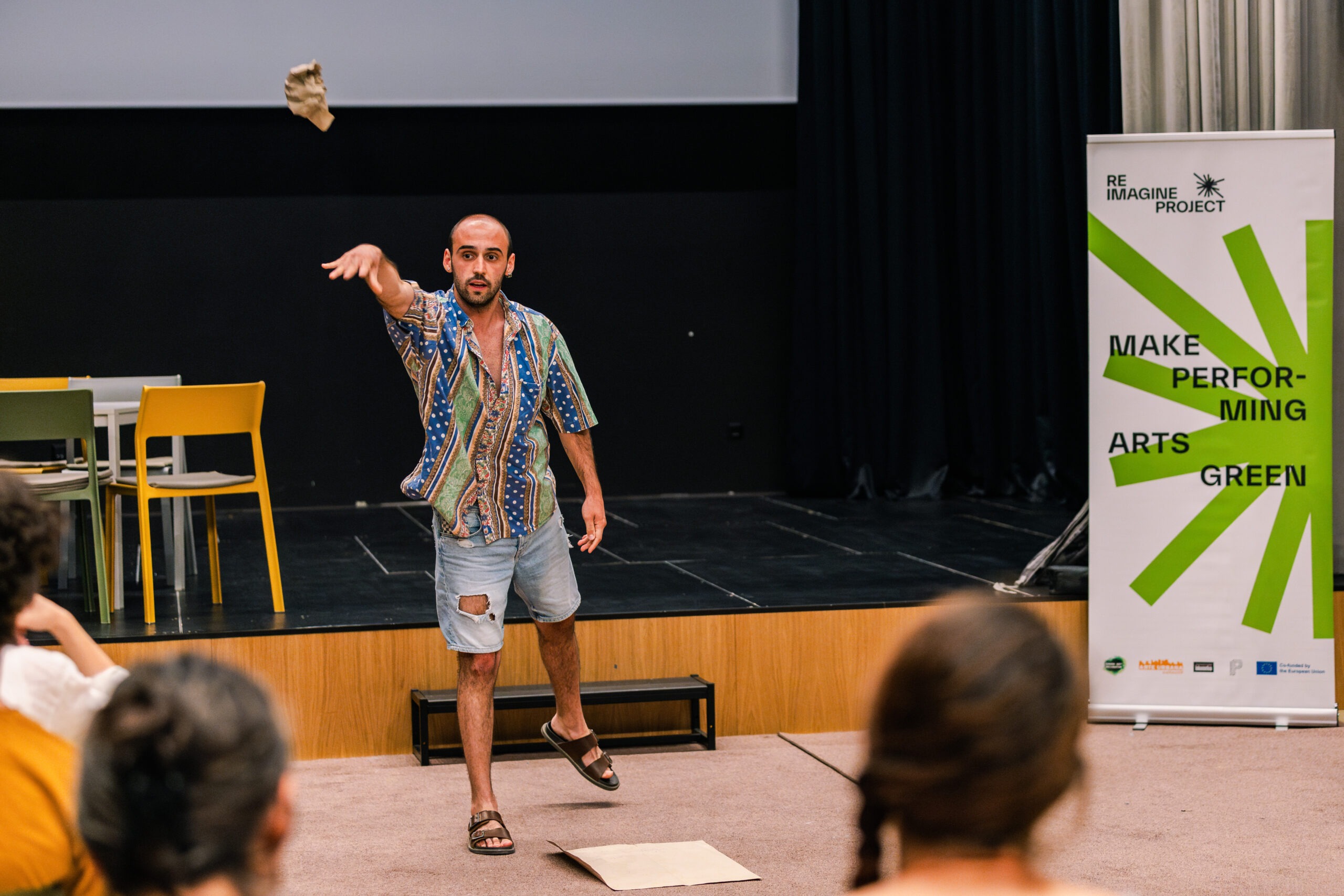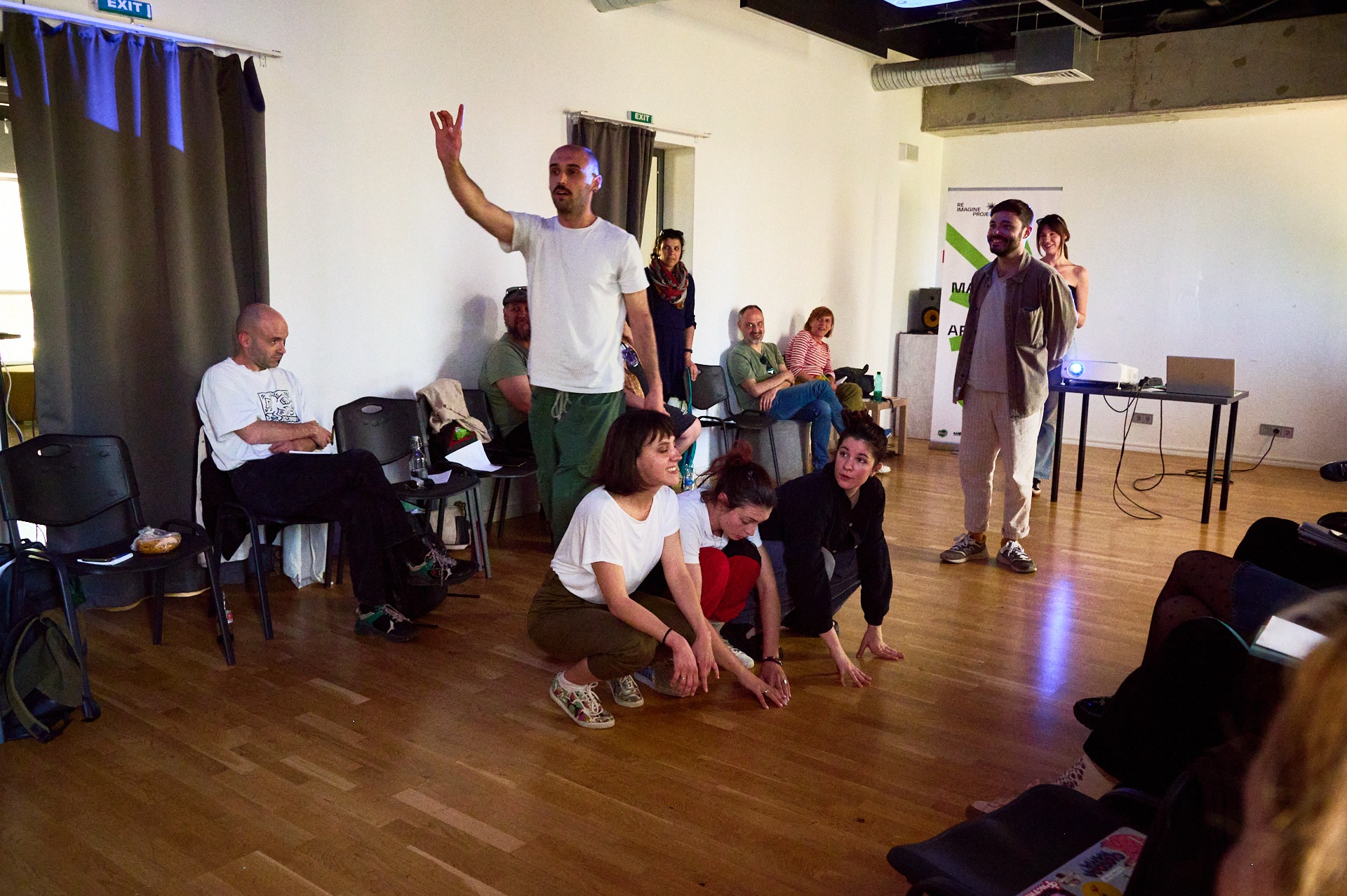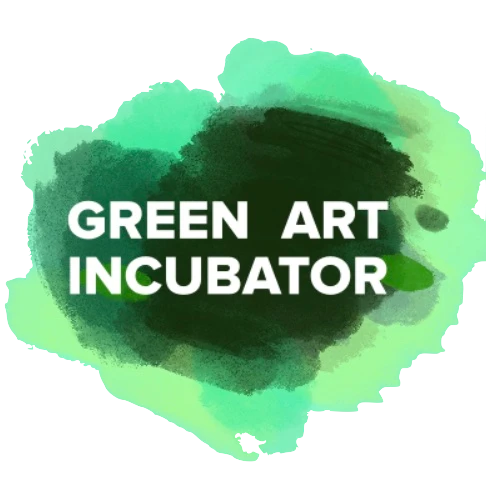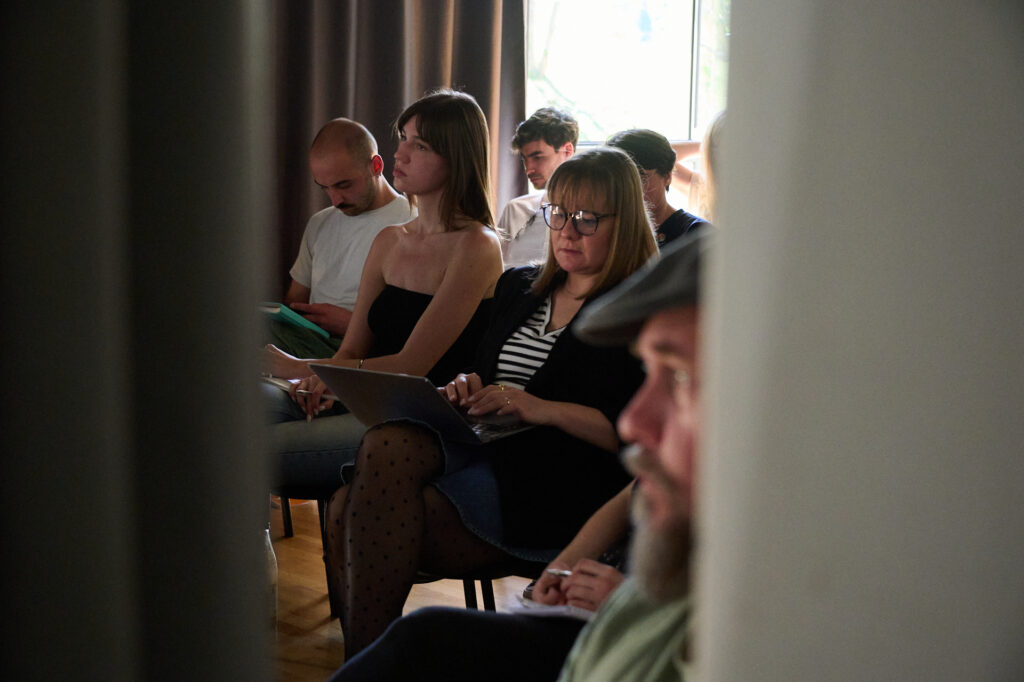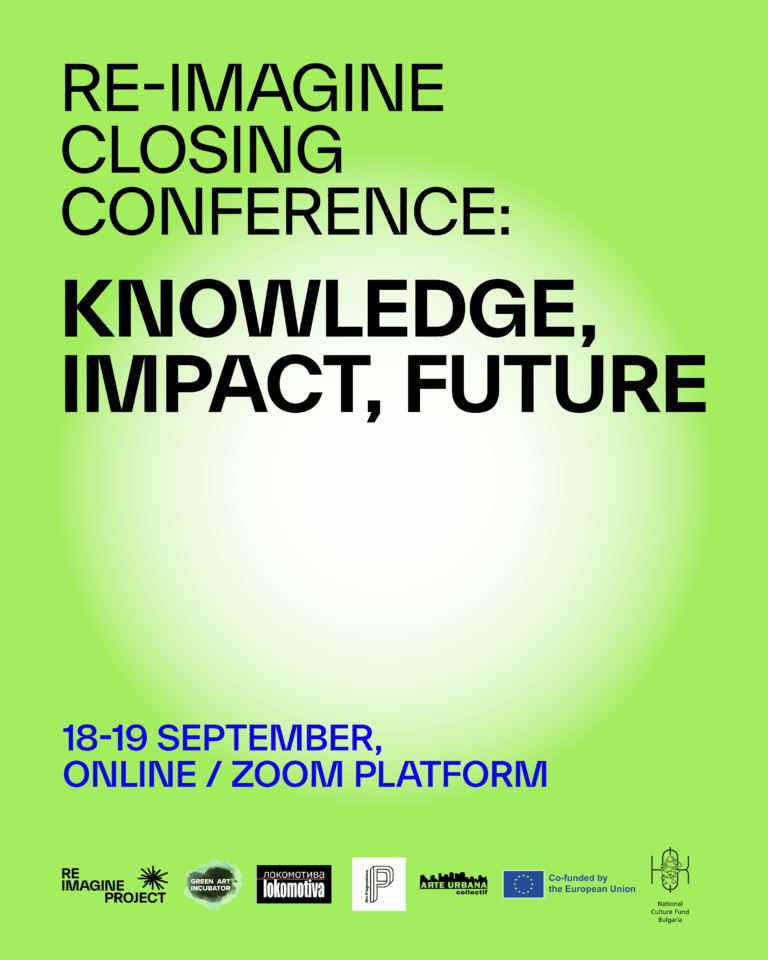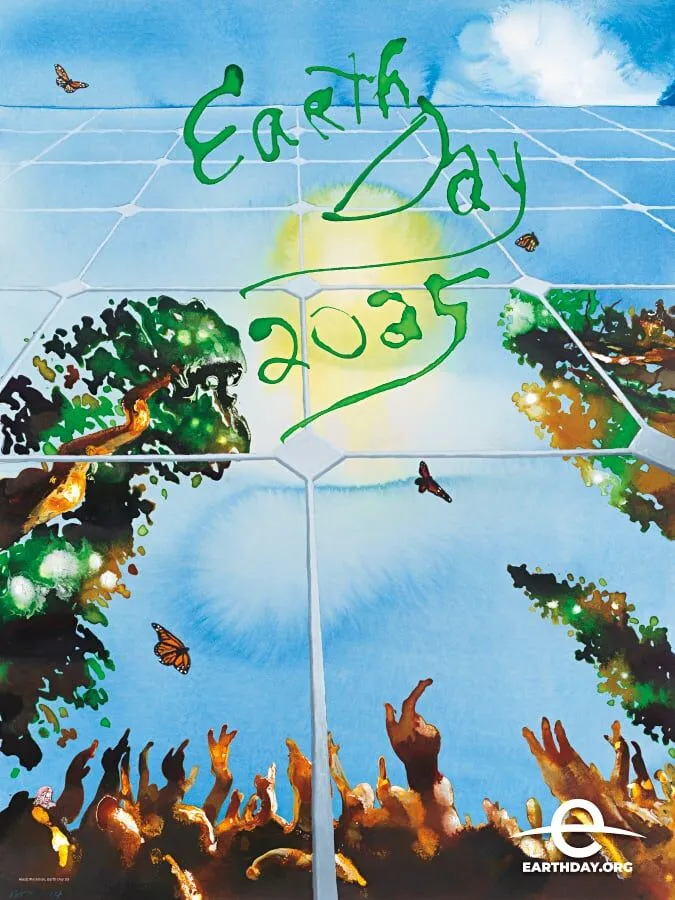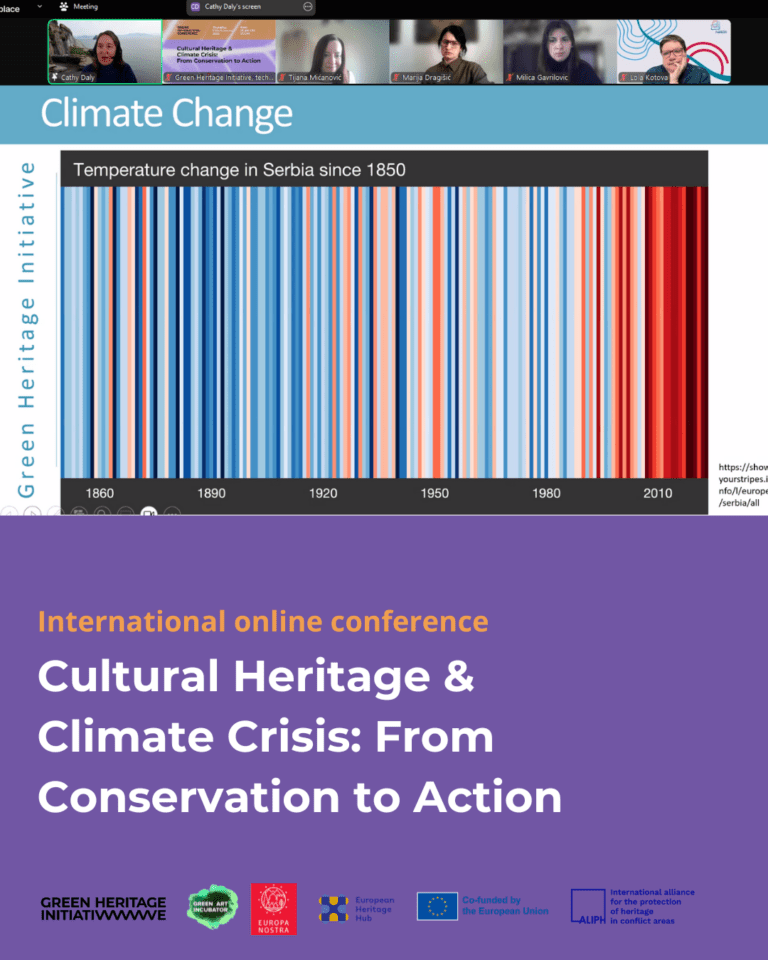Ana Matić, producer, and Nemanja Mijović, director, are young graduates from the Faculty of Dramatic Arts in Belgrade, who are behind the recently formed artistic collective NIBIRU. Despite being a new formation, they have already become recognized for their innovative approach to theater and interdisciplinary practices. We spoke with Ana and Nemanja about their participation in the Re-Imagine Green residency program, the green agenda in the performing arts, as well as their experiences on the independent scene in Serbia and the region, and their plans for the further development of the collective.
Could you tell us more about the formation of your collective and what motivated you to officially establish it this year?
According to Sumerian belief, at the very edge of the solar system lies a special and mysterious planet called Nibiru, which represents part of the overall creative process of the cosmos. As such, it is excluded from the known three-dimensional material reality, symbolizing a planet of wonders, change, and deconstruction. Believing in the power with which art communicates with the audience, and approaching theater and its means as a transformative and proactive social tool, we decided to officially form a group of young people who have been collaborating for several years, jointly exploring and producing bold and innovative artistic content, into an independent artistic collective NIBIRU. Through its formation, we aim to authentically and studiously engage with contemporary and unconventional dimensions of art.
Your production of 4.48 Psychosis by Sarah Kane has garnered attention from both the professional and general public, participating in numerous festivals across Europe. What was the most significant aspect of this experience for you, and how has it influenced your current work? Did you encounter any environmentally sustainable practices at the festivals you attended?
The play 4.48 Psychosis is our firstborn, the first fruit of our collective reflection on both theater and the consensus of reality that we decided to unravel, and as such, it reflects our determination to act in the way we would want someone to act on us—unveiling the illusion. Having a united group of young people who vigilantly and courageously explore the idea of suicide led us to create a theatrical reality that becomes the reality of the audience; we managed to build a world as we feel it. For us, the most important thing is that a group aligned around a single idea proves it can carry out a collective thought, believing in its truthful value. The experiences gained motivated us to continue playing, perhaps more seriously, without fear, to remain true to what we feel and think needs to be embodied through theater. During our time at a festival in the Czech Republic, we had the opportunity to watch a play created in the spirit of green transformation, with the awareness and intention of showcasing the strength of innovative stage solutions and the creative potential of the team with minimal resources. I believe we could classify this example as part of what is currently popular in the world of green production, known as transformative scenography. We also think it is important to mention the Festival of Young Artists in Podgorica and their efforts to be part of the green manifesto. Although they were not an eco-festival, they raised awareness about recyclable materials by recycling all waste left by the euphoric crowd every day, which was a beautiful example of the care that we had the opportunity to observe.
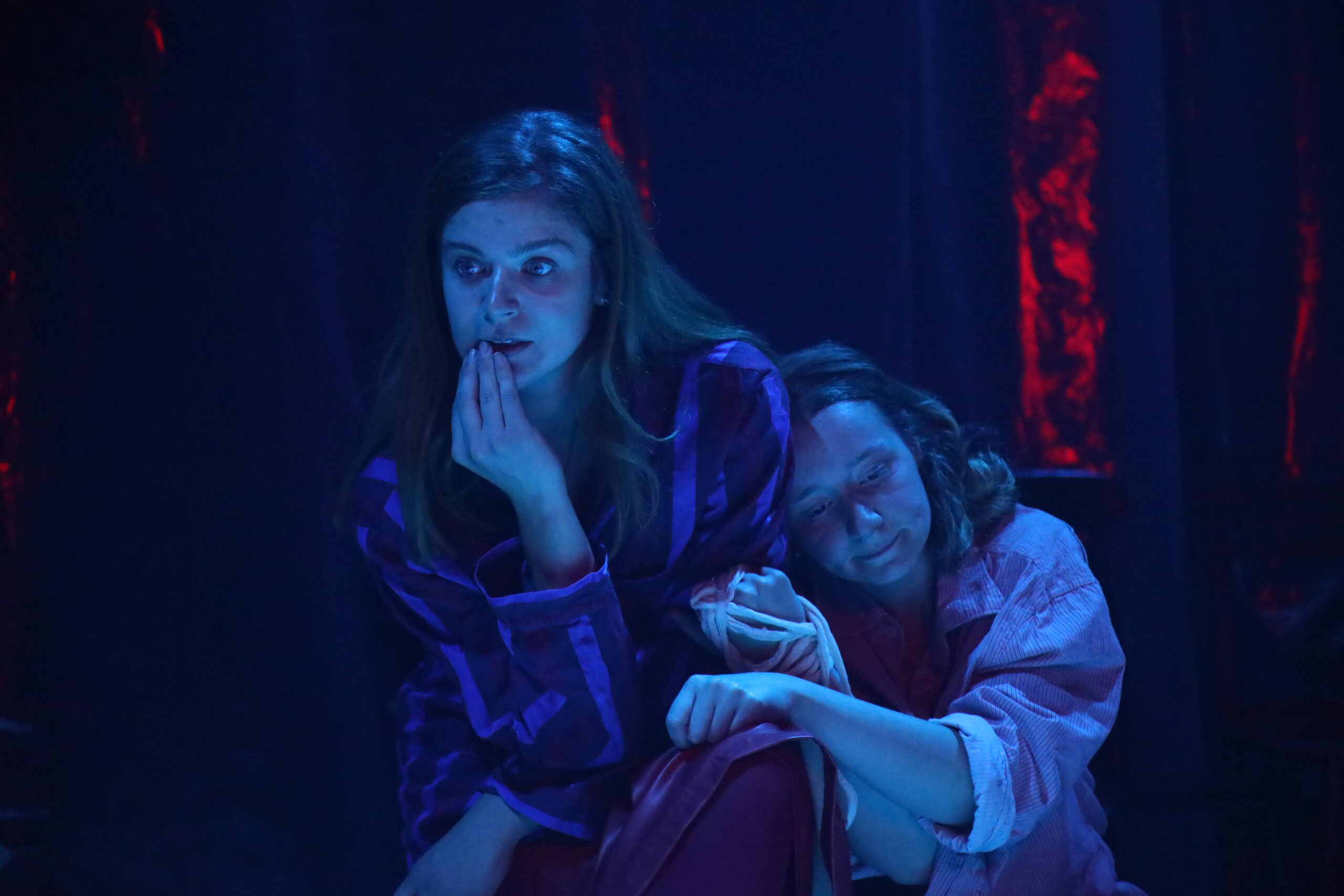
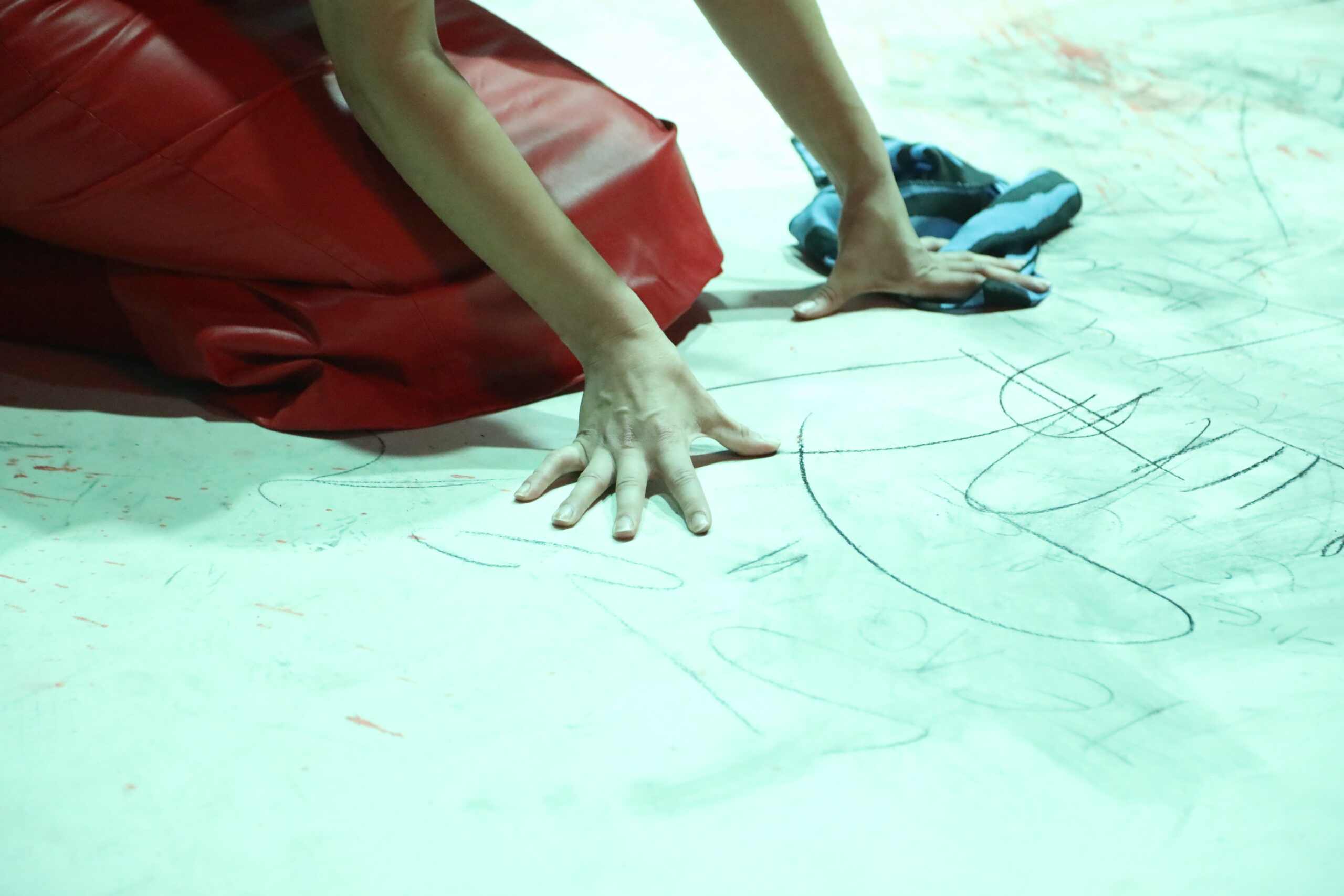
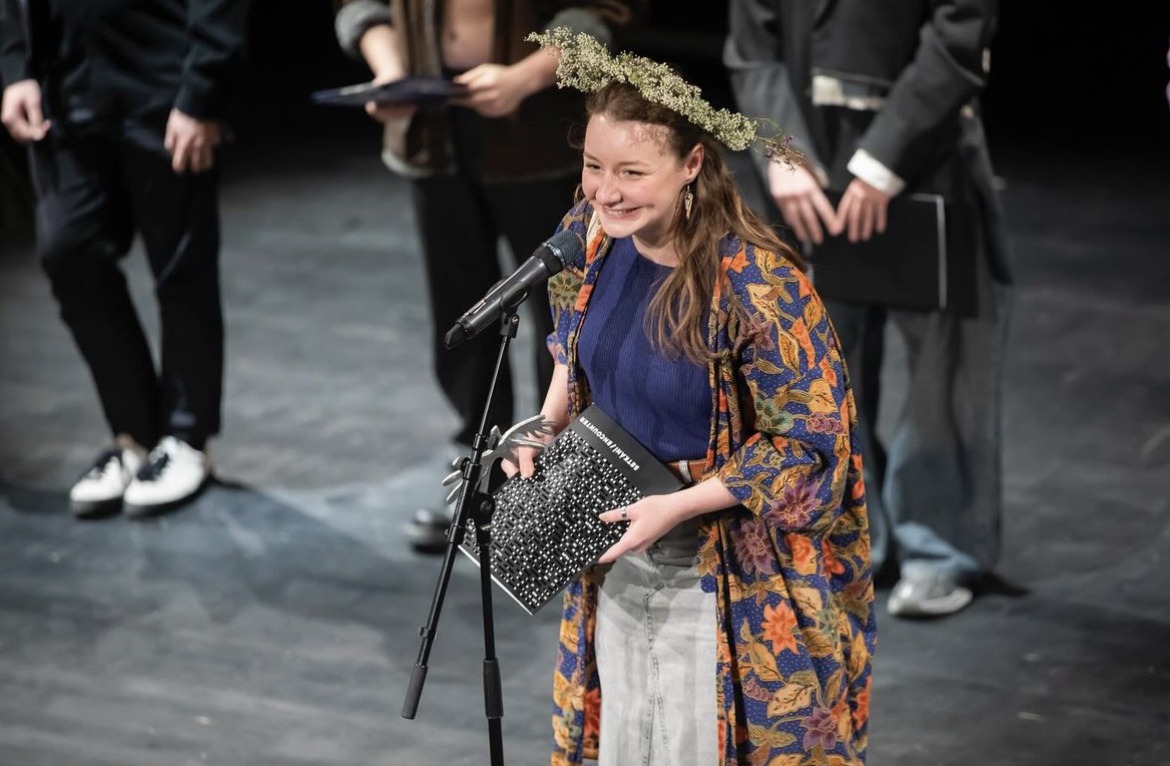
How do you perceive the independent performing arts scene in Serbia and the region? What are the main challenges and opportunities you encounter?
Being part of the independent artistic scene is a bold and responsible decision. On the one hand, you are granted a wonderful freedom where you can independently define your own artistic patterns, experiment with form and content, search for an authentic expression, and experience the creative process in its true cognitive sense, without the pressure of commercial (un)success or deadlines that might stifle productivity. This kind of freedom is immensely important for the development of artists and art in general, but as such, it must be accompanied by significant responsibility and (self-)criticism. However, when we step outside the creative process itself and consider the overall functioning and sustainability (primarily of the domestic and regional) independent scene, we see numerous challenges its representatives face. Speaking from our own experience, the uncertainty of survival and not always adequate working conditions can often be demotivating and stagnating. Issues of space, technical conditions, project budgeting, and, ultimately, overall earnings are problems the independent scene must overcome anew at the start of each process. That is why it is important to be mutually inspiring and, at the core of your choice, know its higher goal and collective contribution. However, we must not forget all those successful and pioneering examples that continue to thrive at a very commendable level, overcoming both internal and external challenges imposed on them. From their experiences, we learn and contemplate which are the most suitable production models that guarantee sustainability and recognition, how to choose and develop partnerships, network internationally, build a strong network of the independent scene, and set new conditions for its functioning and development.
The project Magical Circle of Water, which you are developing as part of the Re-Imagine Green residency program, is interdisciplinary in nature, aiming for dialogue with various scientific concepts within the framework of theater for children and young audiences. What inspired you to focus on this theme, and how do you plan to engage young audiences, particularly in the context of communicating these complex ideas?
The project Magical Circle of Water is essentially a story about the encounter between a child and water, or rather the confrontation of curiosity and the allegorical world that water creates thanks to its transformative abilities. The scientific achievements we enjoy in modern times seemingly create a relationship full of trust between man and science; however, no matter how far scientific thought reaches, for man, it represents a cold area, filled with the effort to understand the world we live in. Therefore, we believe that in this apparent (mis)understanding lies the seed of ecological unawareness, and we try to use theater, employing basic scientific hypotheses about the topic we are exploring, to present knowledge from the field of science as a way of thinking that can help us better realize our existence. Of course, all of this may seem too complicated for a child’s age, but precisely through the form of a theatrical installation, using an interactive discourse, we want to challenge ourselves and open the possibility of creating a fairy-tale world in which science is demystified, and children are instilled with the idea that such a way of thinking is necessary and that everything around us exists to better understand our purpose on planet Earth. The average adult has 60% water in their body, so why shouldn’t we believe in the idea that our emotions represent water in its other forms and movements, because that way we gain awareness of the responsibility to care for nature, that is, to maintain the clean mirrors through which we want to get a view of ourselves. Besides presenting theater to children as a temple where they can come for knowledge and flirtation with scientific methods and hypotheses, the deeper inspiration lies in exploring dramatic art and its impact on the audience; theater becomes a place where different generations meet; different perceptions of nature, art, and humanity converge. We aim for a shared theatrical experience through several levels of content presentation, so while children enjoy the fairy tale, parents deal with the theme of loss, and voyeurs, or rather the actual audience, have the opportunity to participate in the objective experience of the subjective theatrical experience of two generations. Depending on age, the relationship between water and man, or the ecological prism, becomes sharper in line with needs. In this way, we do not question the complexity of the idea but open the question of the complexity of the form that such a fundamental concept requires in order to realize the possibility of theatrical action, and thus cognitive experience.
In addition to the narrative that relies on ecological discourse, the realization of this project is planned according to the model of green production. In your opinion, what is the significance of this approach—green production—when talking about green themes, but also in general, and how do you plan to incorporate environmentally sustainable practices into various segments of the project?
The importance of ecological awareness in daily life activities is crucial in the process of fighting for the preservation of planet Earth. However, as this should not and must not be limited to individual responsibility, encouraging and educating entire industries, including the arts as a specific polluter, must become a priority of state policies. Systemic action can lead to changes that, at the level of production processes, would not represent additional activities but conscientious planning and implementation in the spirit of understanding nature’s functioning and its current state. In this regard, when it comes to theater, incorporating “green” practices should become one of the priorities and criteria for producing artistic content in general. Developing ecological logic and responsibility at the group or project level will guarantee a responsible process with reduced pollution and smart use of materials and energy. Specifically, in the production of theatrical performances, and with this idea in mind, we will also develop our own project, by recycling materials, purchasing or exchanging items with a sustainable product label, minimizing the required elements of scenography and costumes, and reducing the use of electricity and printed materials, enabling a healthy creative experience. This production experience can and should greatly inspire and define contemporary theater thinking with ecological practices at its core, both at the production level and content level.
